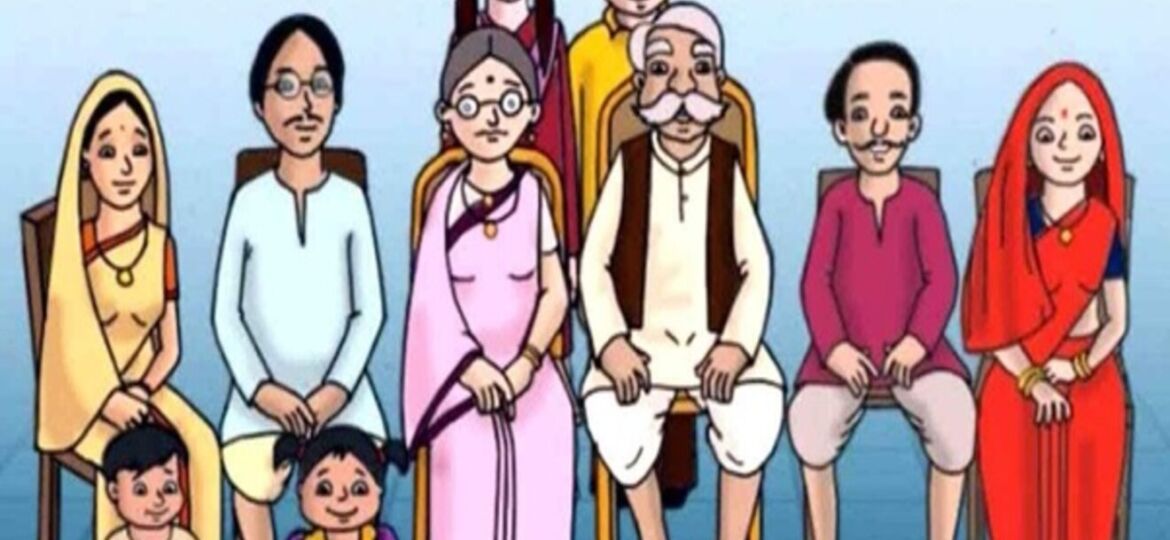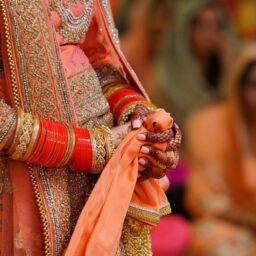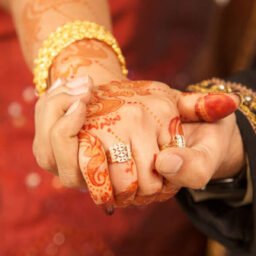
INTRODUCTION
Mitakshara school of thought is based on true thoughts of an undivided family, hence the scholars believed that no individual member of the joint and undivided property can predicate whilst the family remains undivided and each member has a definite share in the property. Further, according to the Mitakshara school of thought, if a person dies without a will the succession should take place under the personal laws of the person’s religion[1]. The modern Hindu Succession Act, 1956[2] is a refined version of the old Hindu Laws and conventions, as it lays down uniform laws for succession for all the Hindus. The Act provides two ways of succession which are Intestate succession[3], where a person dies without making a will in such case his property will bequeath by the provisions of intestate succession as mentioned in The Act, where on the other hand Testamentary succession is succession made by the way of a will.
SUCCESSION TO THE PROPERTY OF A HINDU PROPOSITUS
In line with the Doctrine of Purposive Interpretation, The Act tends to enforce the wishes of the propositus for devolution of his property which may be through a will or the propinquities suggested by The Act. The Heirs of a Hindu Male can be Class 1 heirs, Class 2 heirs, Agnates, Cognates, and Government.
- Class I heirs
Class I and Class II heirs are also called enumerated heirs. Amongst both categories Class, I heirs are preferential heirs as the presence of an heir in this category will exclude the rights of heirs in all other categories. In case, if more than one heir of class I exists the property will be inherited equally and simultaneously as one heir of the same class cannot get preference over the other. The Hindu conventions undermined the position of females but with the span of time, it has experienced a significant improvement. Class I heirs include the following:-
(i) Son, Grandson, Great Grand Son
The term legitimate son includes a natural-born (Aurasa) or an adopted son (Dattaka). Under section 20[4] of the Act lays down that if a child is in the womb the time of death of the intestate and if he or she is born alive, they will have the same right of inheritance as if they were born when the propositus died. The Act also recognizes sons born out of a voidable marriage as a legitimate son but the son of an annulled voidable marriage will inherit the property of the father only. The above meaning of ‘son’ applies mutatis mutandis to the son and further two generations.
In the case of Daddo v. Raghunath,[5] the question arose that whether or not the illegitimate son or daughter is entitled to succeed to the estate of his or her putative father by way of intestate succession. Here the court held that “Now, the general principle of Hindu law has been to limit heirship to legitimate issues and to regulate succession through legal wedlock and legal descent. It is not possible to include illegitimate children within the meaning of the words “son”, “daughter” and “daughter of a predeceased daughter” in class I of the schedule to the Act.”
(ii) Daughter, Granddaughter, Great Granddaughter
The legitimacy of daughters can be determined on the same lines as of the sons that the term daughter recognizes natural-born, adopted daughters and a posthumous daughter. The term daughters also exclude illegitimate or stepdaughters. Unchastity of a daughter is also no bar for inheritance and even a divorced daughter is entitled to inheritance.
Further, in the case of Meenakshamma v. M.C. Nanjundappa,[6] the court held that the mere fact that the daughter was given a gift during the marriage cannot exclude her from claiming the right in her father’s estate. As it is the right of the father to gift her daughters some gift during her wedding and it should not exclude the daughter as an heir.
(iii) Widow, Sons Widow, Son’s Son’s Widow
To determine the relationship as a widow the legitimacy of the marriage is important. In the case of Sadhu Singh v. Gurudwara sahib,[7] a dispute arose between the Gurudwara and one Isher Kaur regarding the inheritance of the property of Ralla Singh who was the husband of Isher Kaur. The court held in the following case that the widow can be sole and the absolute heir of the property in intestate.
(iv) Mother
The position of the mother remains the same regardless of the legitimacy or illegitimacy of the son and she can inherit even in the case of remarriage or unchaste. In the case of Satyanarain v. Rameshwar,[8] the court held that the stepmother cannot be included in the term ‘mother’ and hence can be excluded from heirs.
- Class II heirs
Class II heirs divide the property simultaneously amongst and take per capita if no Class I heir exists. Under Class II the relations are categorized under nine different categories and the general rule is that heir of an earlier category excludes the heir in the next categories. Category one is the Father and he is the only heir who on the basis of propinquity is not added in Class I heirs and this is due to the Mitakshara school of thought as the scholars of this school always recognize mothers propinquity more than fathers. The brothers and sisters said given in categories should be related to the propositus by full blood and those related to half-blood should be excluded as laid down in the case of Waman Govind v. Gopal Baburao[9] where the plaintiff Gopal was a half-brother of Amrit and it was Amrit’s property which was the subject matter of the property.
- Agnates and Cognates
If two people are related by blood or adoption wholly through male are said to be agnates[10] and if two persons are related to one another by blood or adoption but not wholly through males can be said to be cognates[11]. The rules for determining Agnates and Cognates are the same also the rules of distribution amongst them are the same. The provisions of the Act lay down a rule that agnates are preferred over cognates. This category includes almost all the agnates and cognates which were not considered in Class I or Class II. Section 12[12] of the Act lays down the rules of distribution amongst agnates and cognates.
- Government Escheat
In the case where the Hindu male has no heirs under all the categories and classes as defined under the Act, there the government takes the property in the matter as an heir and apart from that the government also takes upon all the duties and liabilities of the propositus.
CONCLUSION
The Act deals with the intricacies of succession and inheritance and is in line with the Hindu ideologies. The Act creates nexus between the propositus and other relations and in respect to the propinquity amongst the both also it classifies them under different categories in order to establish a hierarchy which makes the question of whom to inherit easier. The act has been shaped and interpreted time and again through various case laws and amendments. The Act ameliorates the process of succession and inheritance by making the process cogent.
Author(s) Name: Sarthak Mittal (Guru Gobind Singh Indraprastha University, Delhi)
References:
[1] Family Law in India, By: Maitri Dani, ( Parag Agarwal Volume 2 Issue 1 )
[2] The Hindu Succession Act, 1956 ( Act 30 of 1956 ), Henceforth referred as The Act
[3] Section 3(g) of The Act, (The section defines the term ‘Intestate’)
[4] Section 20 of The Act, (Rights of a posthumous son)
[5] AIR 1979 Bom 176
[6] AIR 1993 Kant 12
[7] AIR 2006 SC 3282
[8] AIR 1982 Pat 44
[9] AIR 1984 Bom 208 (FB)
[10] Section 3(1)(a) of the Act (The provision states the definition of agnate)
[11] Section 3(1)(c) of the Act (The provision states the definition of cognates)
[12] Section 12 of the Act (The provision provides rules for the distribution of estate amongst agnates and cognates)















